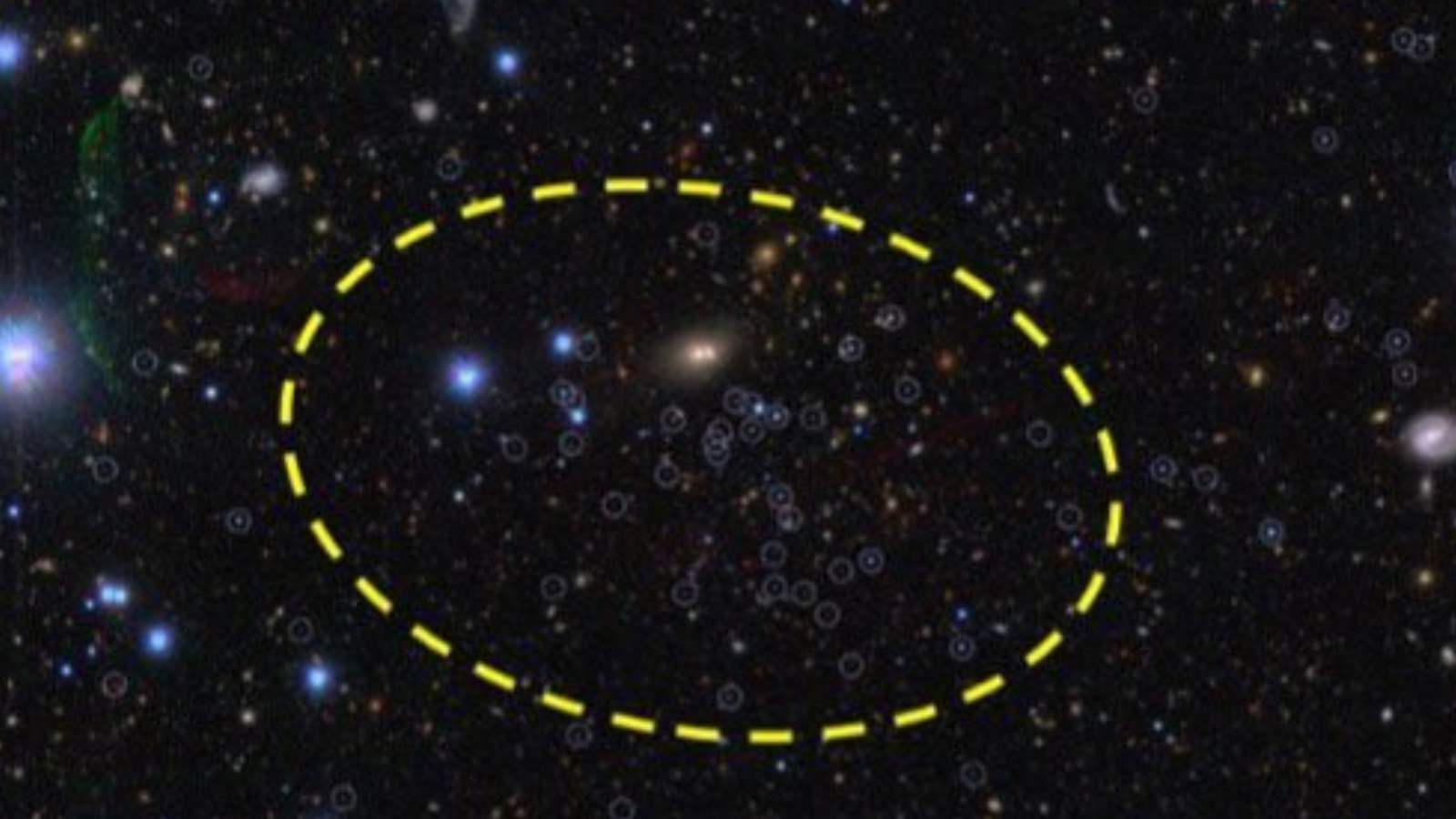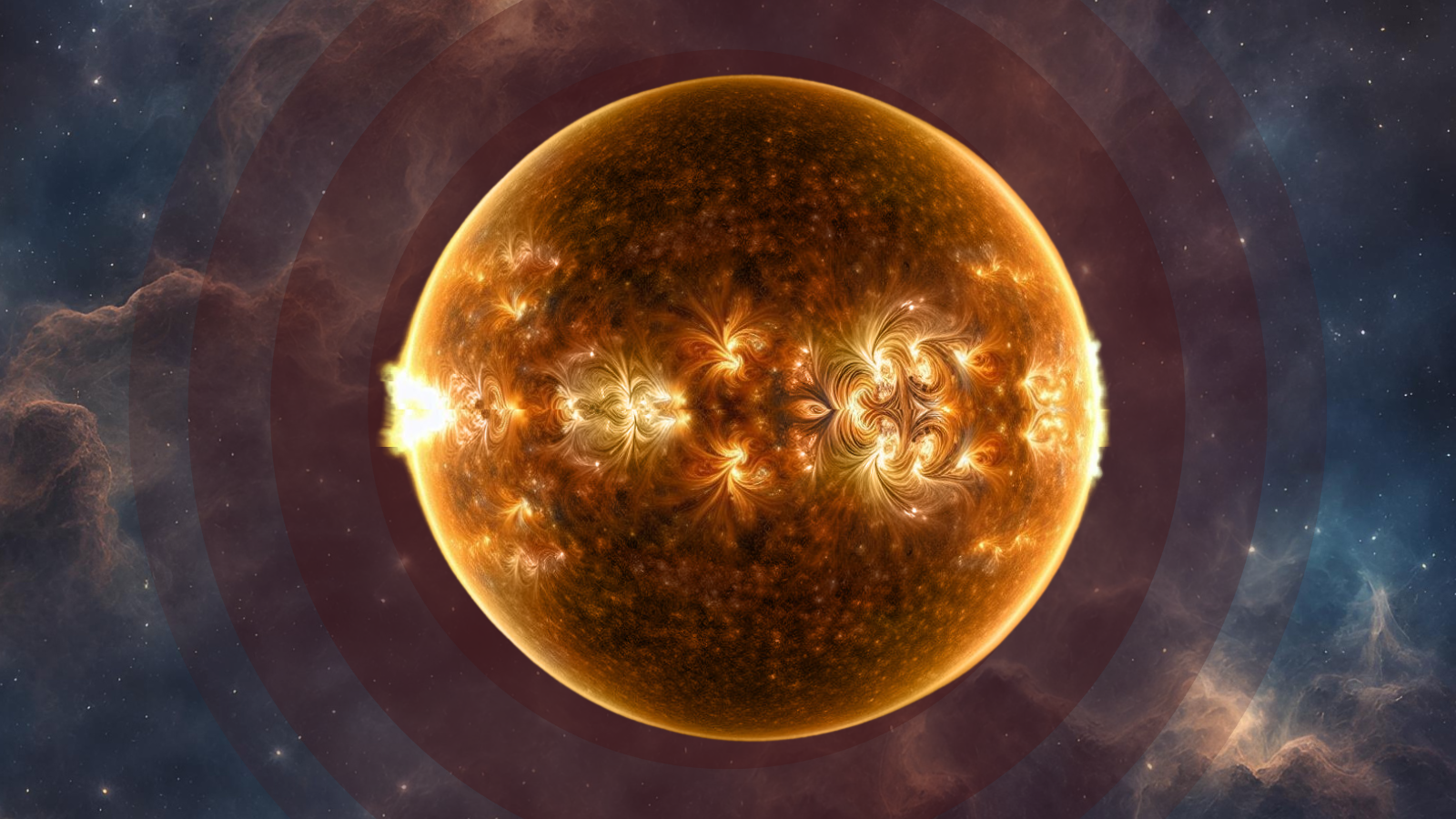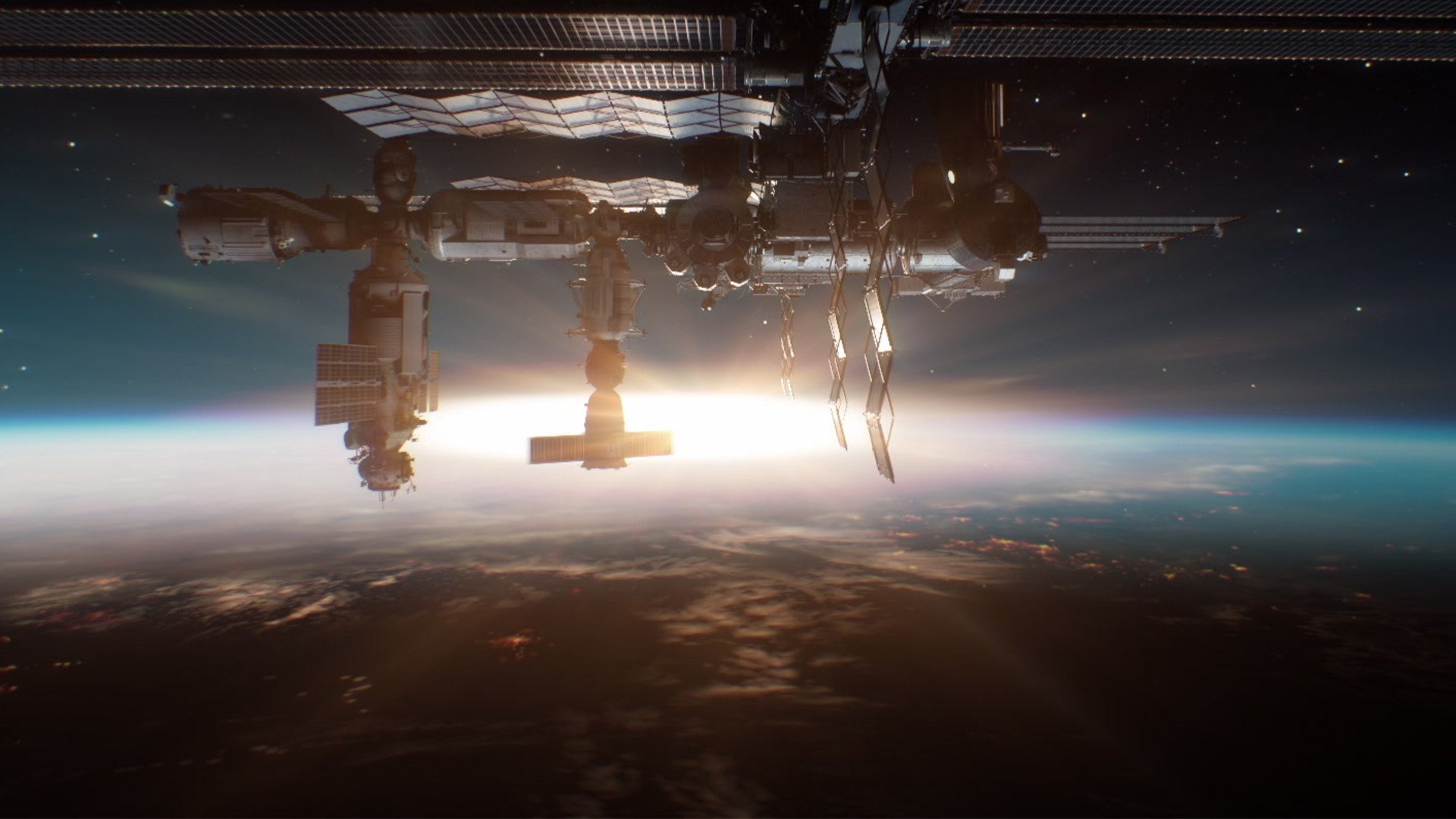Dark matter, the elusive search: Latest discoveries and news
Join our Space Forums to keep talking space on the latest missions, night sky and more! And if you have a news tip, correction or comment, let us know at: community@space.com.
Latest about dark matter
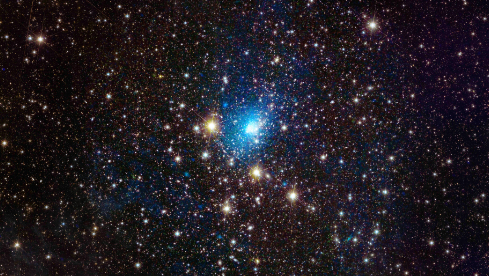
X-rays reveal secret gas in huge and distant galaxy cluster
By Keith Cooper published
The Euclid and XMM-Newton missions have combined to show the hidden, hot gas that fills an immense galaxy cluster 2.7 billion light-years away.
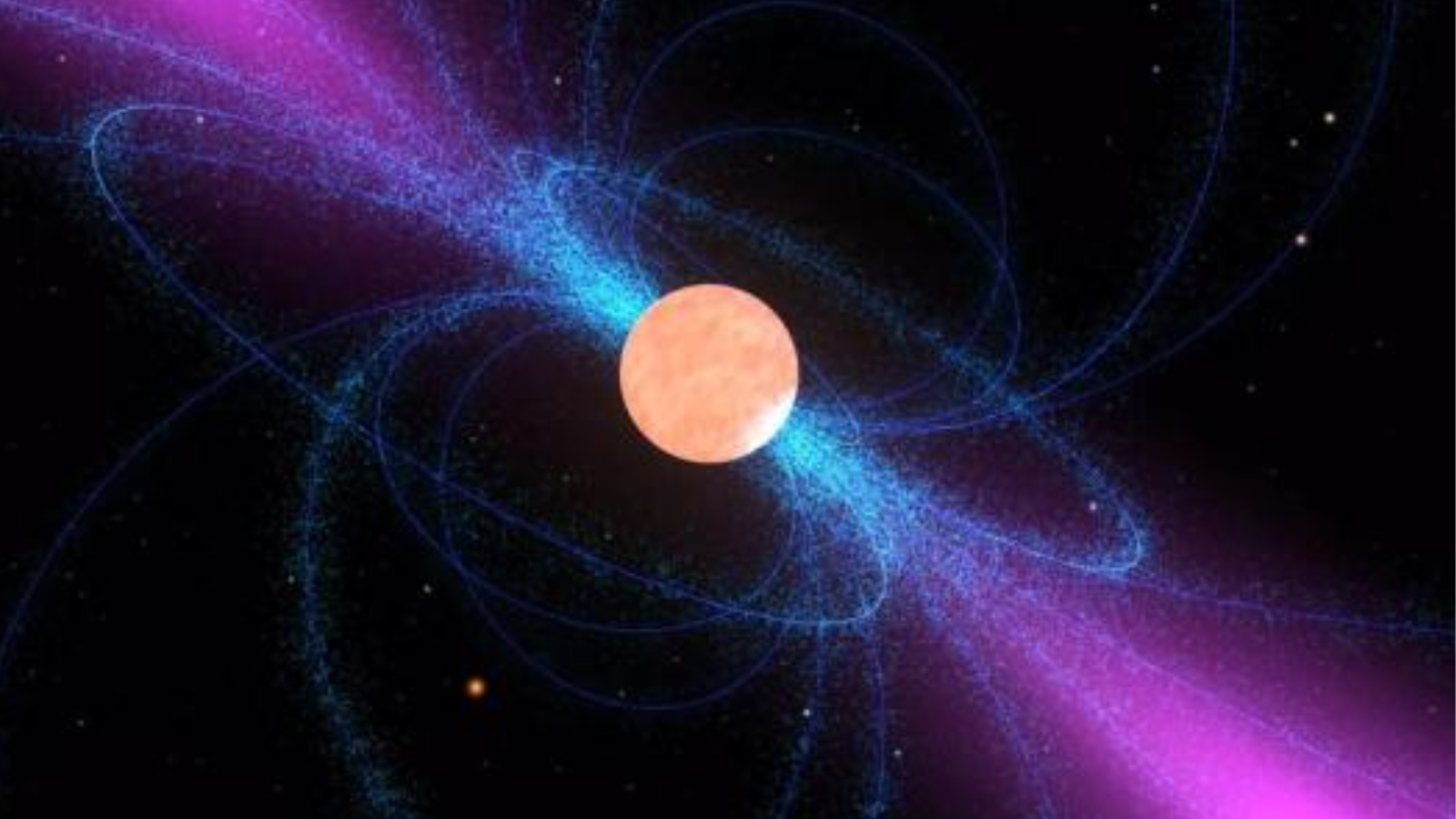
Rapidly spinning dead stars could unveil dark matter secrets
By Robert Lea published
"Cosmic lighthouses" comprised of rapidly spinning dead stars that blast out radiowaves could be used to shed new light on dark matter, the universe's most mysterious "stuff."
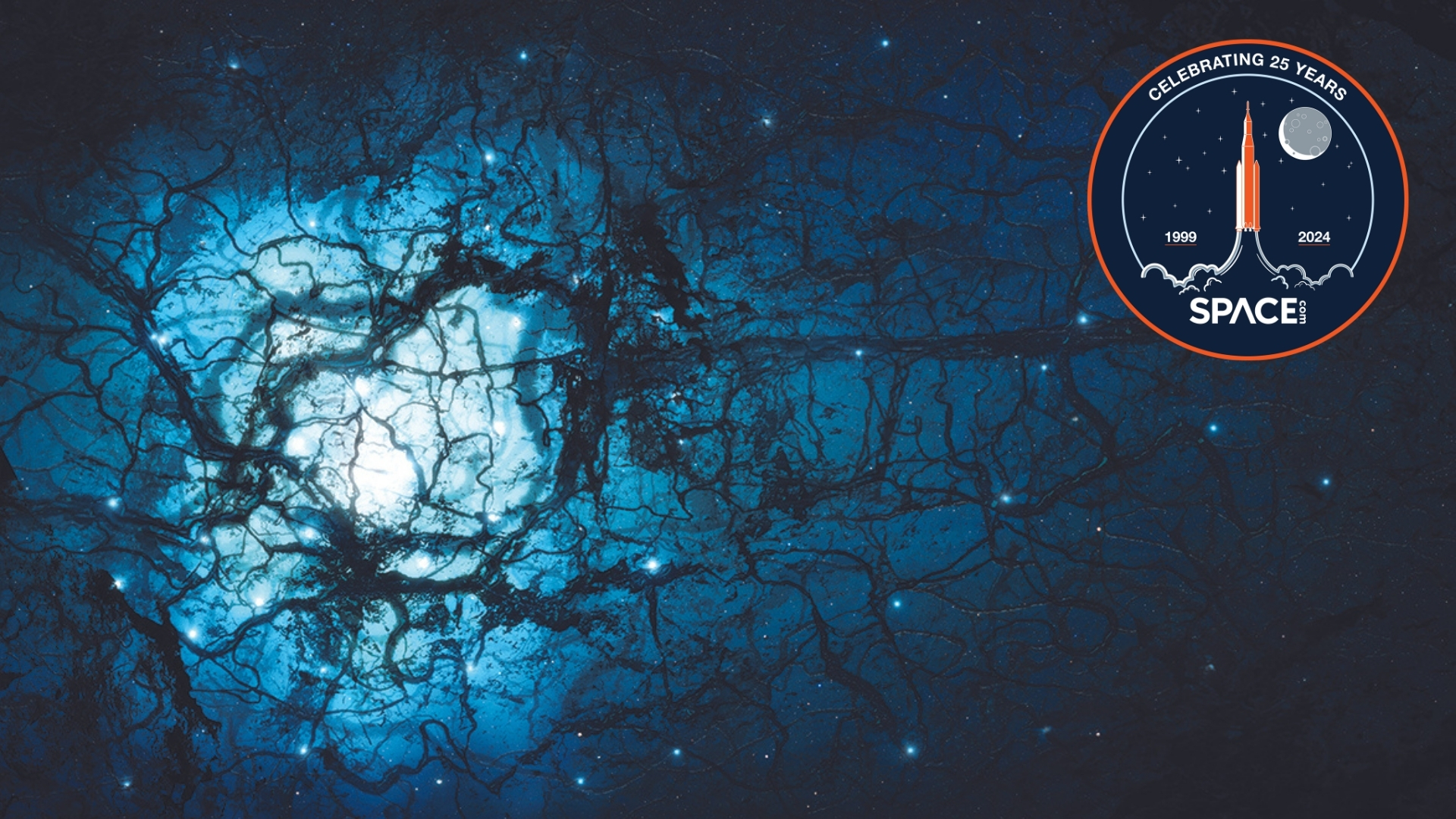
In a way, Space.com and the dark universe grew up together
By Robert Lea published
The concept of dark energy came about just around the time Space.com booted up.
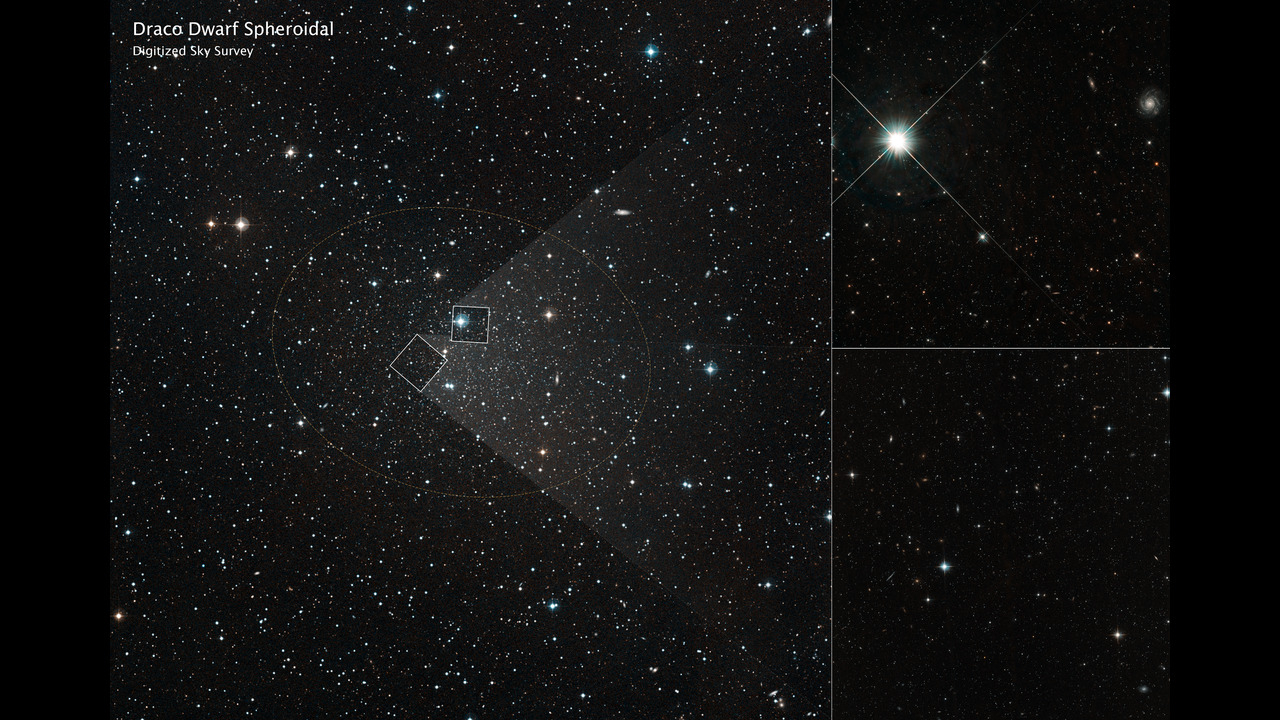
Hubble Telescope tracks a dwarf galaxy's stars to map out dark matter
By Keith Cooper published
By measuring the motions of stars in the Draco dwarf galaxy, the Hubble Space Telescope was able to map the density profile of dark matter.
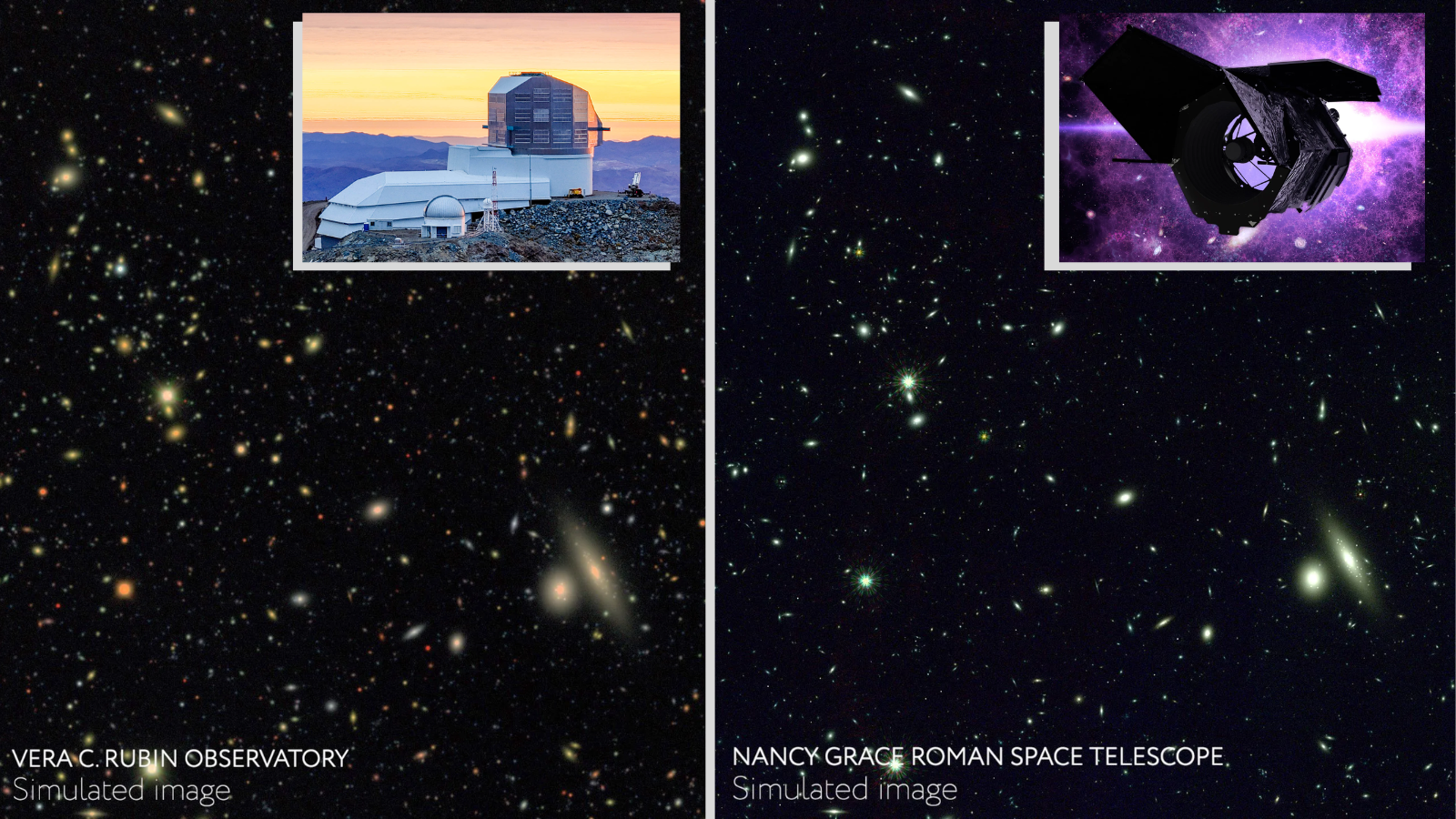
Astronomers could use a synthetic cosmos to unravel dark matter mysteries
By Robert Lea published
A simulated universe created by a supercomputer should help astronomers better analyze dark matter and dark energy clues delivered by "dark universe detective" telescopes Roman and Rubin.
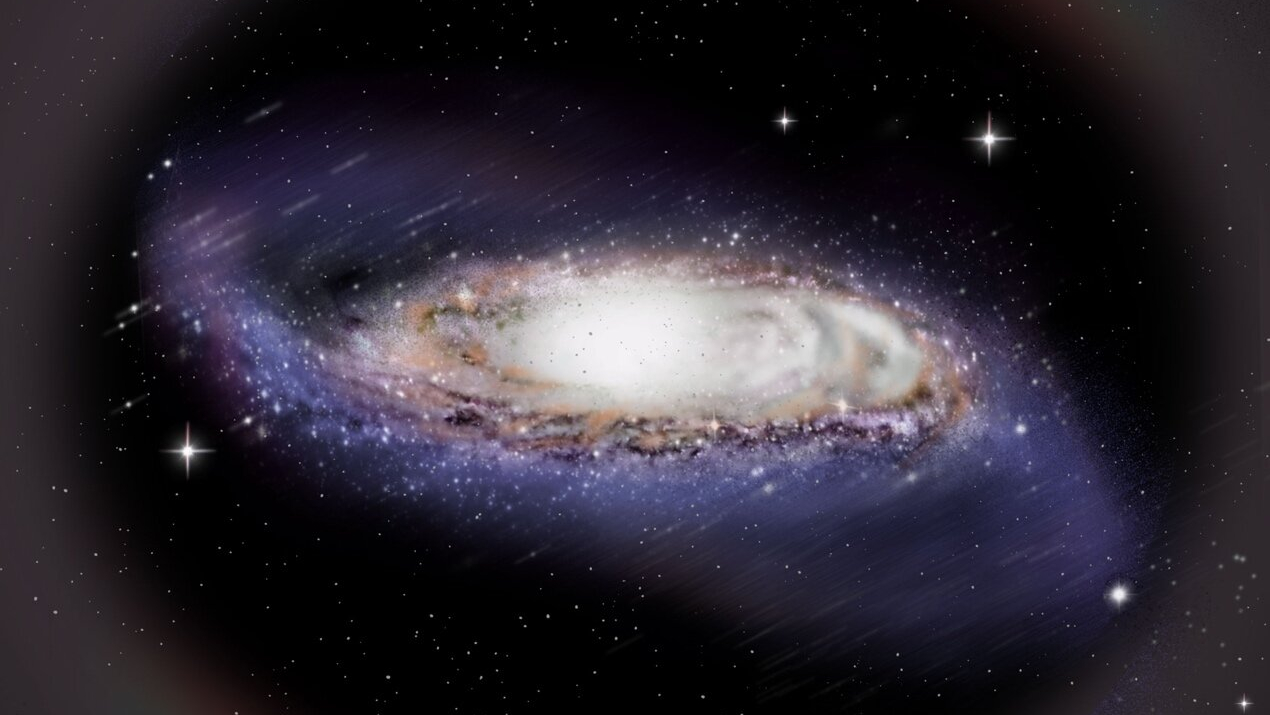
Astronomers measure 'warp speed' of Milky Way galaxy
By Keith Cooper published
The Milky Way is warped, and the alignment of this warp is precessing backwards around the galaxy under the influence of a squashed dark matter halo.
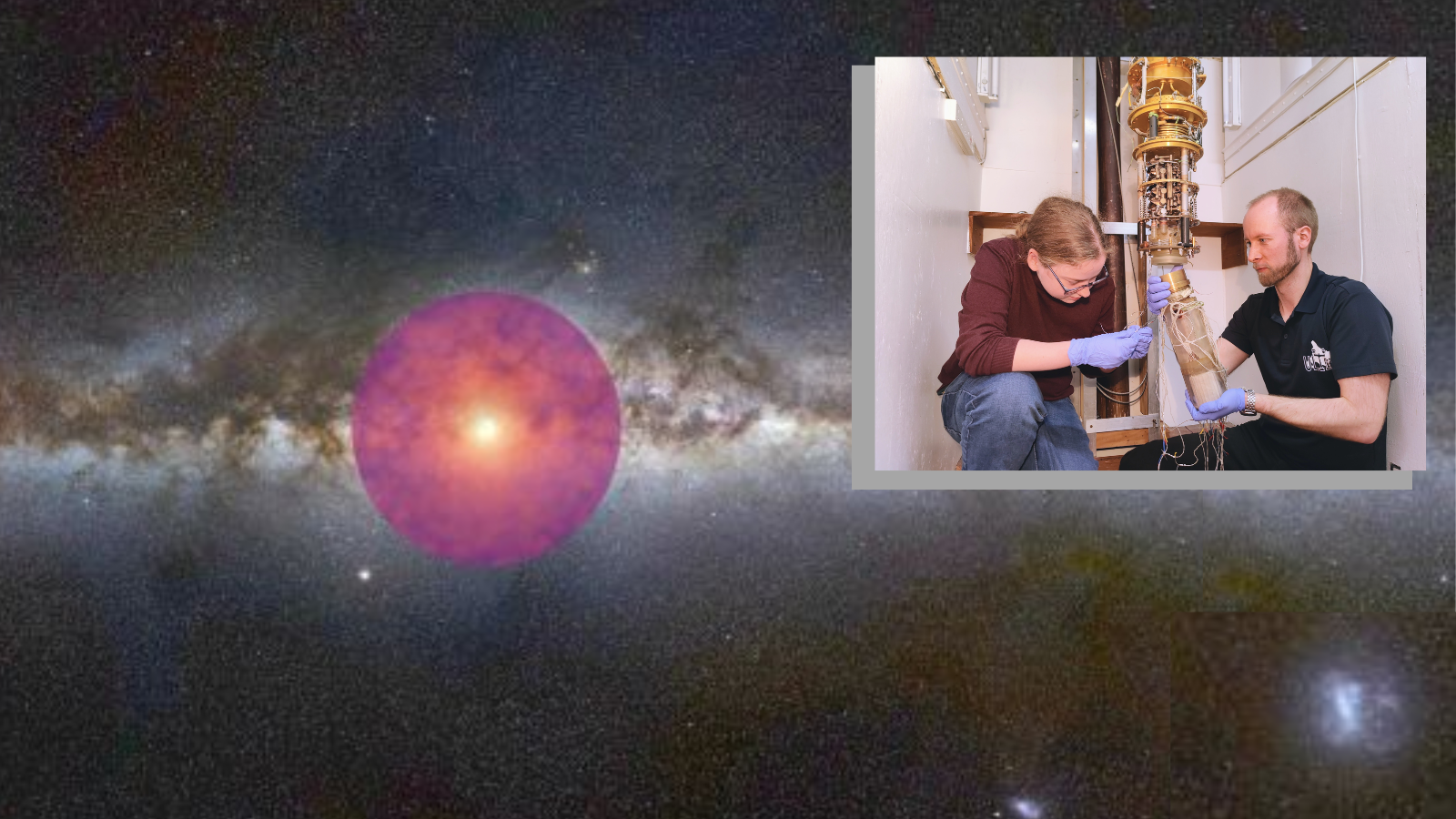
Scientists tap into 2 new quantum methods to catch dark matter suspects
By Robert Lea published
Scientists will cool two pieces of quantum tech to a thousandth of a degree above absolute zero to hunt for two different dark matter suspects.
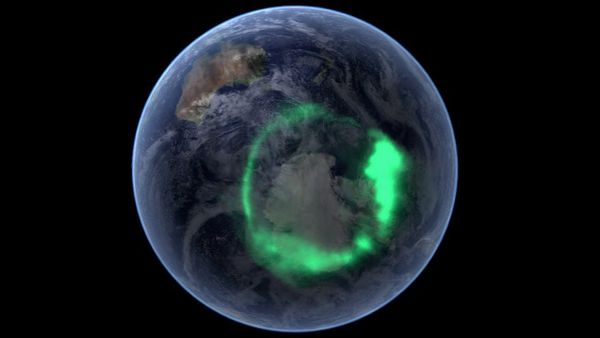
Earth's upper atmosphere could hold a missing piece of the universe, new study hints
By Paul Sutter published
Mysterious dark matter could slosh over our planet like a wave. If it does, it may produce telltale radio waves in Earth's atmosphere, new theoretical research suggests.
Breaking space news, the latest updates on rocket launches, skywatching events and more!
